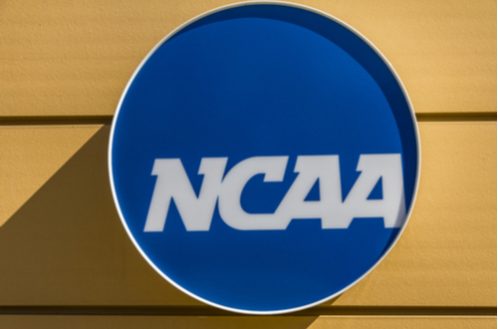By Jodi S. Balsam (Brooklyn Law School)
The Supreme Court in Alston held that the National Collegiate Athletic Association (NCAA) and its member conferences violated the antitrust laws by collectively restricting, in the name of amateurism, the education-related benefits offered to college athletes. While the Court accepted that NCAA amateurism serves consumers by offering a brand of athletic contests distinct from professional sports, it found the NCAA’s fluctuating and incoherent definition of amateurism insufficient to justify the breadth of its student-athlete compensation rules. As a result, student athletes will now have access to, for example, graduate or vocational school tuition, payments for academic tutoring, paid post-eligibility internships, and similar education-related benefits, as long as these benefits are not tantamount to a professional athlete’s salary.
Despite this defeat for the NCAA joint venture, the Court recognized the value of joint ventures generally, and clarified the framework for evaluating their competitive impact. Specifically referring to sports leagues, the unanimous Alston Court warned the lower courts against reflexively condemning joint venture arrangements that are necessary to create a product and advised deference to the business judgments of venture participants. Mining that vein of thought, this essay identifies three significant take-aways for professional sports leagues from the Alston decision: (1) “quick look” review is generally not appropriate to summarily disapprove sports league coordinated conduct under the antitrust laws; (2) “rule of reason” antitrust analysis does not require sports leagues to structure their business in the “least restrictive” way; and (3) to the extent a professional sports league is more analogous to an individual college athletic conference, as opposed to the entire NCAA, member clubs may have more latitude to coordinate their conduct without violating the antitrust laws.

